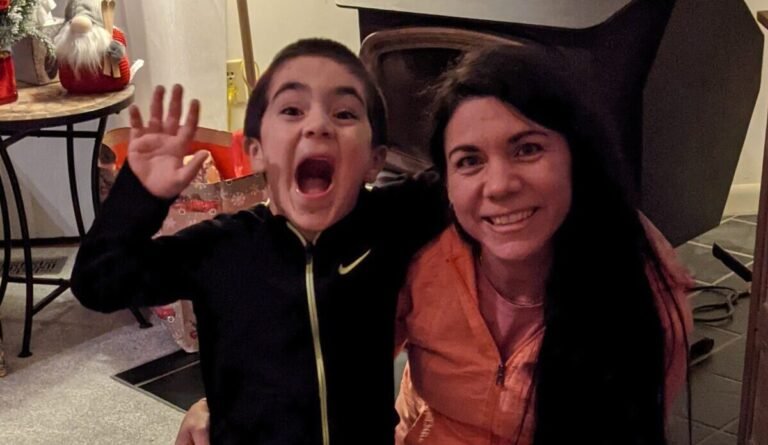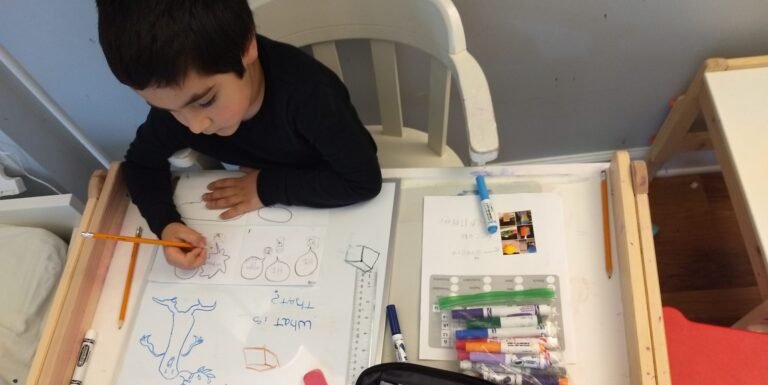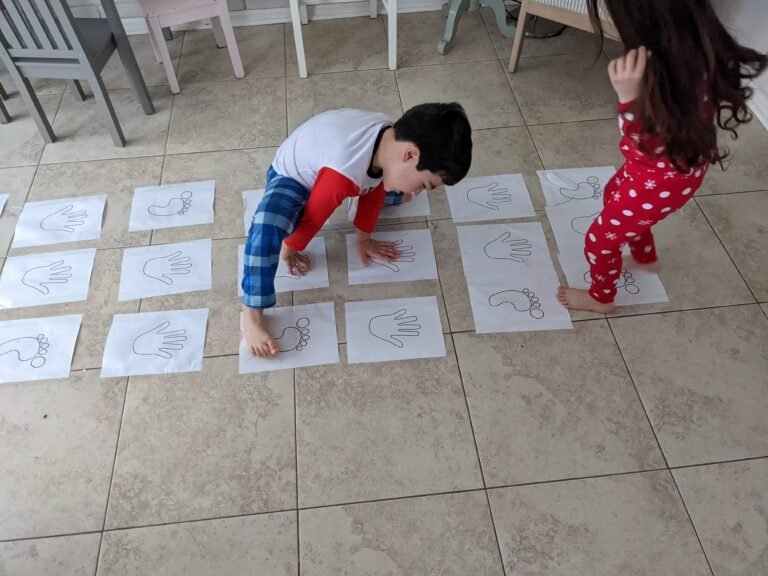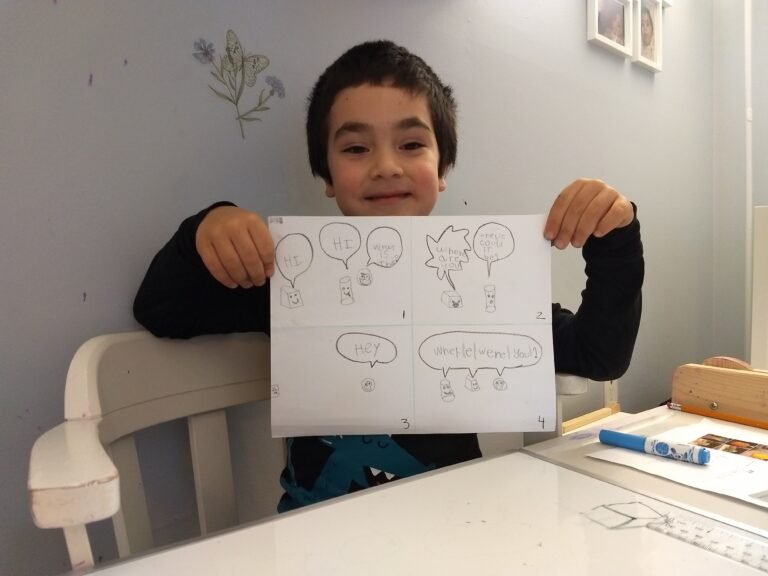Does your child ever get frustrated trying to button their own coat? Or struggle to hold a crayon, making marks that are either too faint or that rip the paper? These are common moments that highlight a crucial area of development: fine motor skills. As parents and educators, we see these small challenges as big opportunities for growth, not through tedious drills, but through the joyful, instinctual act of play.
At Chipmunk’s Jump Daycare, we believe that a child’s hands are one of their most powerful tools for discovery. Tactile play, or hands-on activities that engage the sense of touch, is a wonderfully effective way to build the small muscles in the hands and fingers.
Research consistently shows the powerful link between sensory activities and developmental milestones. The very act of squishing, rolling, and poking builds hand strength and improves hand-eye coordination—the same skills needed to hold a pencil correctly. Furthermore, playing with playdough significantly improves fine motor skills in young children. It’s a process that is both scientific and magical.
Of course, we recognize a potential challenge for parents: the mess. The idea of dough, paint, or sand might bring a wave of apprehension. But the benefits far outweigh the minor inconvenience of cleanup, which can be easily managed by setting up a designated play area.
We want to empower you to bring this type of enriching play into your home with a simple, fun activity.
The “Squish, Roll, Connect!” Challenge
This activity requires nothing more than a batch of homemade playdough. Creating it together is part of the fun!
Simple Homemade Playdough Recipe:
- 1 cup all-purpose flour
- 1/2 cup salt
- 2 tablespoons cream of tartar
- 1 tablespoon vegetable oil
- 1 cup water
- A few drops of food coloring (optional)
Instructions: Mix the dry ingredients in a saucepan. Add the water, oil, and food coloring. Cook over medium heat, stirring constantly until the mixture thickens and forms a ball. Remove from heat and let it cool. Knead for a few minutes until smooth.
Now, the play begins:
- Squish: Encourage your child to simply explore the dough. Let them poke it, squeeze it, and feel its texture. This initial stage is all about sensory input and building those essential hand muscles.
- Roll: Show them how to roll the dough into long “snakes” or small balls between their palms or on the table. This action refines their control and coordination.
- Connect: This is where creativity takes flight. Use the rolled pieces to form letters of their name, numbers, or simple shapes. Connect the pieces to build a snail’s shell, a flower, or a silly monster. This step transforms the physical act into a cognitive one, bridging the gap between doing and understanding.
Beyond the Dough: More Tactile Adventures
Playdough is fantastic, but it’s just the beginning. Here are a few more low-mess, high-impact ideas to engage your child’s sense of touch:
- Mystery Texture Bag: This game builds vocabulary and sensory awareness with zero mess. Place a few common items with distinct textures into an opaque bag—a cotton ball, a smooth stone, a crinkly leaf, a piece of sandpaper. Have your child reach in without looking and describe what they feel. Can they guess what the object is?
- Painting with Water: For the ultimate mess-free art session, give your child a small cup of water and a paintbrush. They can “paint” on dark construction paper, a chalkboard, or even the sidewalk on a warm day. Children are captivated by the magic of making a mark and watching it disappear, all while practicing their grip and strokes.
- DIY Lacing Cards: This classic activity is a powerhouse for developing hand-eye coordination and the pincer grasp needed for writing. Cut a simple shape from a piece of cardboard (a cereal box works perfectly). Use a hole punch to create holes along the outline. Give your child a shoelace or a piece of yarn with tape wrapped around the end to make it easier to thread through the holes.
This isn’t a test. It’s a moment of connection and joyful learning. By engaging in these simple, tactile activities, you are not just helping your child build critical fine motor skills; you are validating their natural instinct to learn through their senses. You are showing them that learning is not a chore, but an adventure.
At Chipmunk’s Jump Daycare, this philosophy of joyful, hands-on learning will be woven into every day. When we open our doors next month, our mission will be to create an environment where children gain not just skills, but the confidence to interact with and shape the world around them.




